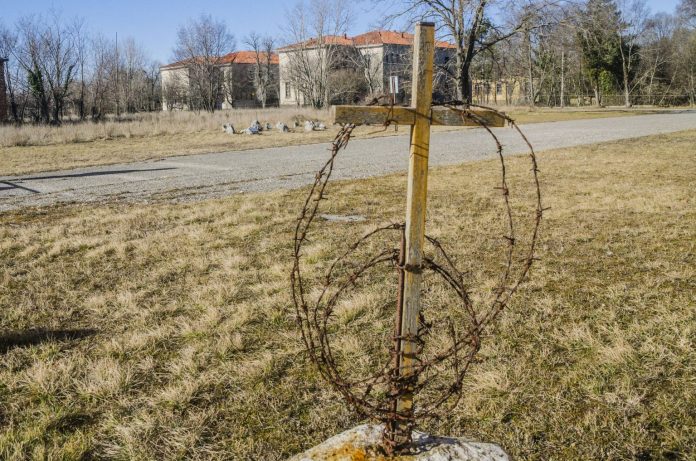by EH
In the quaint hamlet of Campo Sacro, nestled just a stone’s throw away from the bustling town of Prosecco, lies a piece of land with a complex narrative. Owned by the Municipality of Trieste, this terrain has served various purposes over the years, but none as poignant as its current role in the asylum seeker saga.
Originally conceived as a haven for refugees fleeing the tumult of Istria, Campo Sacro has undergone a metamorphosis of ownership and stewardship. Leased to the amicable allies of the scouts, it has become a beacon of hope for those in search of sanctuary. Caritas and Ics, entrusted with its custodianship, now extend the hand of hospitality to 25 asylum seekers, courtesy of a meticulous prefectural process.
Yet, beneath this veneer of altruism lies a tale of practicality and limitation. Ongoing renovations, orchestrated in harmony by the Prefecture, Municipality, and Region, aim to fortify the infrastructure for a greater capacity. However, even with these enhancements, Campo Sacro’s embrace cannot exceed a hundred souls, a cap underscored by Regional Immigration Assessor Roberti.
Roberti elucidates a crucial distinction: Campo Sacro is not to be misconstrued as a hub but rather a transient abode, a waypoint for asylum seekers en route to their final destinations in other regions. The envisioned transformation of Campo Sacro does not entail an automatic exodus from Silos, where a cohort of approximately sixty individuals, some lacking the requisite credentials to remain in Italy, currently reside.
With an anticipated operational status within two months, Campo Sacro stands poised for its next chapter. However, amidst these deliberations, murmurs of dissent emerge from the domiciles across the divide, where residents have diligently tended to the thoroughfare shared between the municipalities of Trieste and Sgonico since 2016.





























